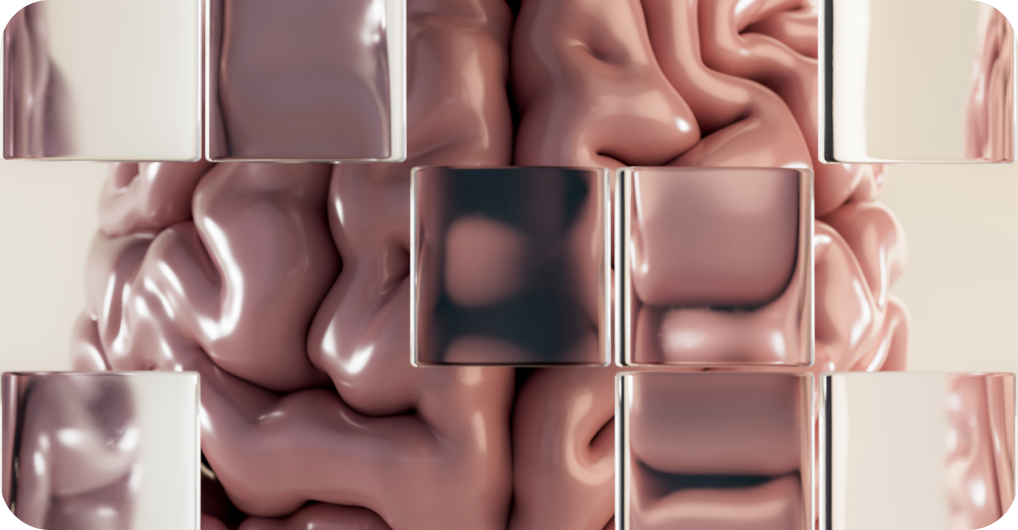
01
The Premenstrual Pathway
A framework that describes how the gut microbiome (and its metabolites), endocrine signals, and neural circuits communicate – a biological network known as the gut-hormone-brain axis.
This pathway influences mood, digestion and overall cycle comfort, especially in the luteal phase.

02
The Gut is the Front Door
A well-supported gut microbiome produces key metabolites like short-chain fatty acids (SCFAs) that help regulate inflammation, support normal estrogen metabolism, and send signals to the nervous and endocrine systems. When the gut ecosystem thrives, those signals are clearer, shaping how you experience mood, energy, digestion, and comfort as your cycle shifts.
To change how PMS feels, start by nurturing the gut.

03
Nutrients Matter
Hormones and neurotransmitters aren’t made in a vacuum. They rely on cofactors, think B-vitamins, magnesium, iron, vitamin D3 + K2, and omega-3s, that participate in normal hormone signaling, neurotransmitter function, and cellular energy.
Addressing common nutritional gaps helps the Premenstrual Pathway do its job.
